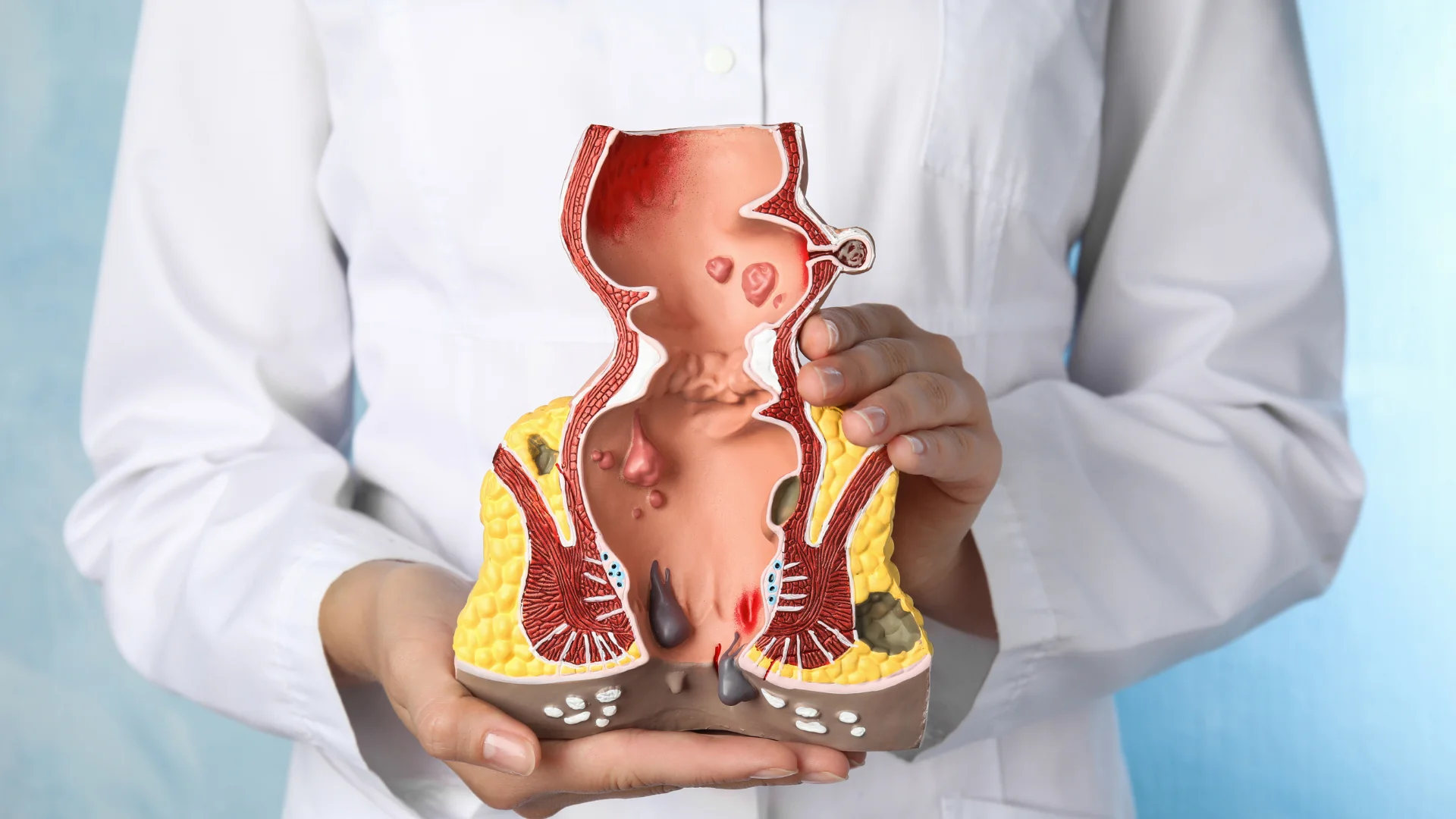
Understanding Anal Fissure 🍑 💢
An anal fissure is a longitudinal tear in the lining of the anal canal, often occurring in the posterior wall near the coccyx (tailbone). This condition can cause significant discomfort and disrupt daily life, particularly during bowel movements.
What Causes Anal Fissures? 🤔
Anal fissures are commonly associated with:
Symptoms of Anal Fissure 🔍
Patients with anal fissures often experience:
How Is Anal Fissure Treated? 💡
Treatment depends on the severity of the condition and whether it resolves with conservative measures.
1. Dietary Adjustments: 🥗
2. Medications: 💊
3. Surgical Intervention: 🏥 Surgery may be recommended if the fissure doesn’t heal with dietary changes and medications. Procedures typically aim to relax the anal muscles and allow the fissure to heal.
Preventing Anal Fissures 🛡️
Taking proactive steps can help prevent anal fissures:
Why Early Treatment Matters 🌟
Anal fissures can be painful but are often manageable with early intervention and lifestyle changes. Ignoring symptoms can lead to chronic fissures that may require surgical treatment.
If you experience persistent pain, bleeding, or changes in bowel habits, consult a healthcare provider promptly. Addressing the condition early can help ensure a quicker and less invasive recovery.
🩺 Explore out our Check-Up Programs!
DISCLAIMER: The information presented on this page has been intentionally condensed and simplified to make it accessible and easier to understand for the general audience. Its purpose is solely to provide basic awareness and education on the topic discussed. It is important to note that this content is not exhaustive and does not replace or serve as a substitute for professional medical advice, diagnosis, or treatment. Readers are strongly advised to seek consultations with qualified healthcare professionals or specialists for accurate assessment, personalized guidance, and appropriate medical care. Relying solely on the information provided here, without professional oversight, may lead to misunderstandings or inadequate treatment.
Privacy policy
Copyright ©2025 Klinika Kajo. Designed By Vizional